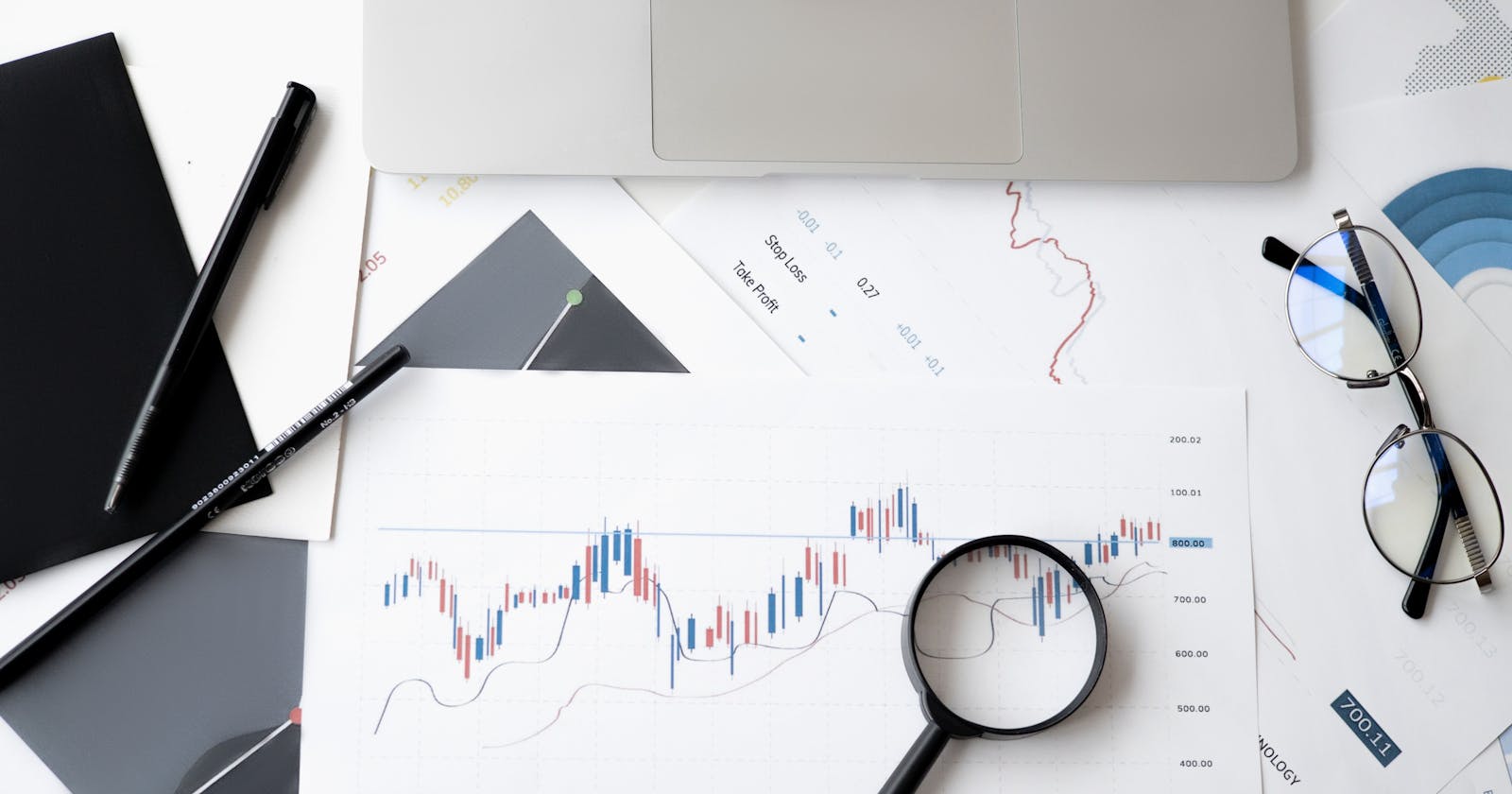Introduction
As a data scientist, you probably have an arsenal of tools to analyze and understand data. But what if taking data and understanding its patterns wasn’t enough? What if you also needed to be able to act on those insights quickly and efficiently? That’s where the power of analytics comes in. As a data scientist, you can use analytics to help you identify trends, analyze your data for accuracy, and make informed decisions.
What are Data Observations?
Data Observations are pieces of information that can be used to understand patterns in data. Data Observations can come in many forms, such as counts, frequencies, or values. They can also come from different types of data, such as surveys, questionnaires, and interviews.
What is the Purpose of Data Observations
The purpose of data observances can vary depending on the situation and purpose for which they will be used. For example, when studying a particular topic for research purposes, data observances may be focused on count or value observations. On the other hand, when analyzing data for marketing or business purposes, data observances may focus on frequency or value observations. Once you understand the purpose for which data observances will be used, it is easier to plan and track your own data collection activity accordingly.
What Types of Data are Used in Data Observations
There are three main types of data that are used in data observation: raw data, processed data, and statistical. Raw data is unprocessed information that has not been filtered or cleaned up by any means (like transformed). Processed data is data that has been processed by a third party (like an analyst) but remains unformatted and virgin-like raw data. Statistics are statistical reports that have been created using processed data as their basis. Statistical reports can help you analyze and understand your collected data more than simply counting or estimating values.
How to Do Data Observations.
Whenever you want to collect data, the first step is to find it. Look for government or business records, newspapers, surveys, or anything that has data in it. Once you have access to the data, extract it by reading it, organizing it into tables and charts, and writing down all the data you’ve collected.
Extract Data from Documents
Once you have the data extracted from a document, it’s time to start extracting patterns from it. Use a dataset analysis tool like SAS or SPSS to identify specific trends and patterns in the data. By understanding these patterns, you can make better predictions about future events or changes in the data.
Use Data to Make Predictions
In order for your predictions to be accurate, you need accurate data. In order to get this information, you need to use a variety of analytical tools such as regression analysis or machine learning algorithms. By using these tools, you can make accurate predictions about future events and changes in the data so that your predictions will be more likely to be correct than not.
Tips for Data Observations.
Data warehouses provide a convenient place to store large amounts of data. By getting access to data from around the world, you can get a more complete view of your business. By using data tools, you can find and use patterns that can help you improve your business operations. And lastly, data makes it easy to understand and analyze its patterns.
Use Data Tools
One way to use data tools is by creating custom reports or dashboards that reflect specific needs or goals of your business. With enough creativity and effort, you can create beautiful reports that highlight important information about your company or sector. Additionally, many online tools allow for easy interpretation and analysis of big datasets.
Conclusion
Data Observations are an important tool for businesses of all sizes. By finding and extracting data from documents, you can make predictions, understand patterns, and improve your business. With access to data from around the world, you can improve your business in a quick and efficient way. Use tools like data warehouses and data tools to make data observations more efficient and effective. Finally, use data to improve your business by using it to make better decisions.

